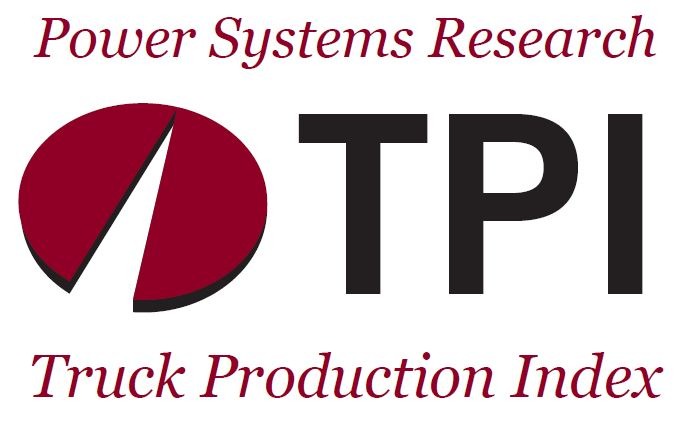Q2 2020 Power Systems Research Truck Production Index (PSR-TPI) Drops 74%
St. Paul, MN (July 22, 2020)— Global truck production was battered by the COVID-19 in Q2 2020, and this decline is reflected in the Q2 2020 Power Systems Research Truck Production Index (PSR-TPI). The TPI plummeted from 80 to 34, or 57.5%, for the three-month period ended June 30, 2020, compared to Q1 2020. The year-over-year (Q2 2019 to Q2 2020) loss for the PSR-TPI was, 131 to 34, or 74%.

The PSR-TPI measures truck production globally and across six regions: North America, China, Europe, South America, Japan & Korea and Emerging Markets.
This data comes from CV Link™, the proprietary database maintained by Power Systems Research.



